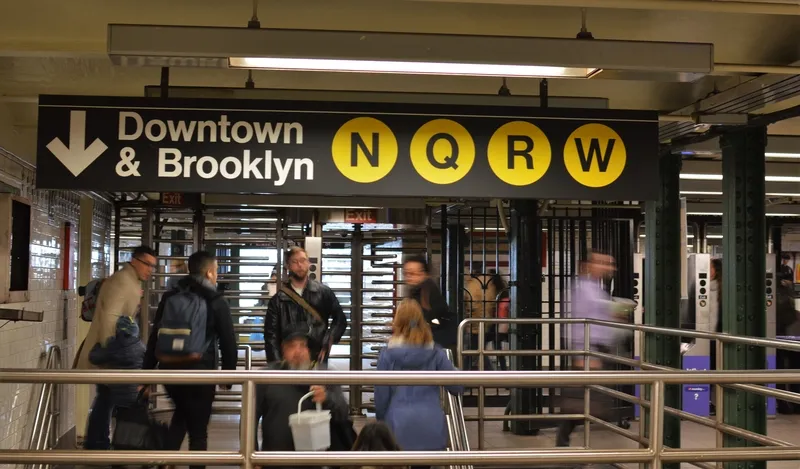
This high-end RFID reader offers long-range identification – up to 10m - using the Rain RFID (UHF EPC Gen II) Standard. Nedap says the new uPASS Target is a solid solution for long-range identification of vehicles, people and rolling stock at industrial sites and logistics depots and further expands the company’s leading UHF platform.
“We promised our partners and clients that we would actively support the Rain RFID (UHF) standard and that we would maintain our position as a market-leading innovator in the RFID arena,” says Maarten Mijwaart, General Manager of Nedap Identification Systems. “This new release is proof of that. The uPASS Target offers the performance and functionality that our clients can expect from a modern and high-end RFID reader, but it also is compatible with the interfacing engine that is available for all our readers. This makes it effortless to integrate with the access control, parking management and other systems of our partners.”
Nedap will also be showcasing other products from its diverse range, including the Transit Ultimate Long Range vehicle and driver identification reader and the Sensit wireless parking sensors for vehicle detection.










